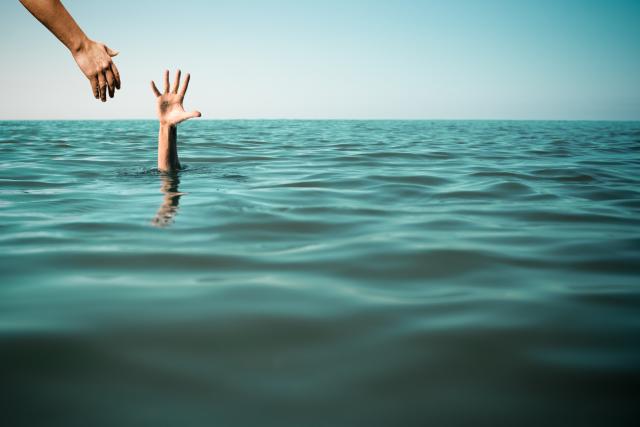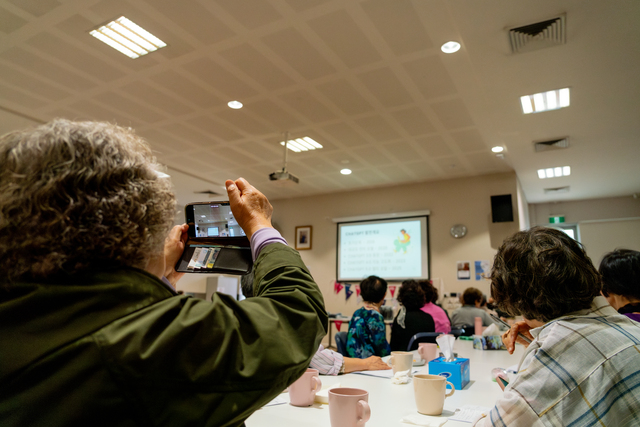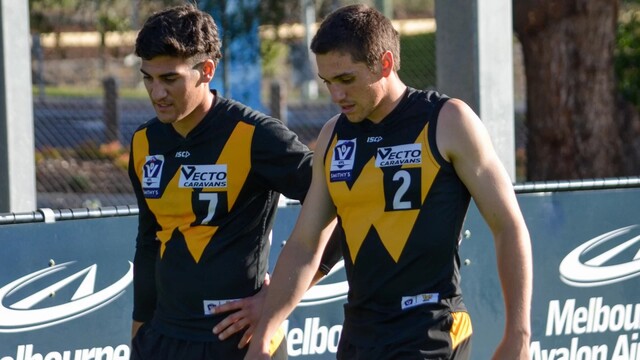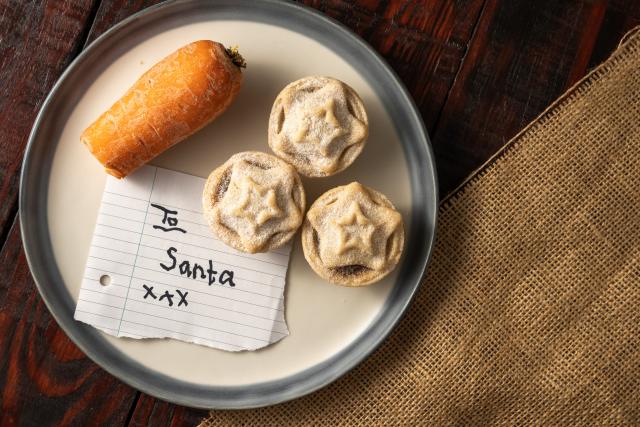A new research report has depicted another tragic summer, with drowning incidents in rivers, at beaches and in swimming pools, prompting urgent calls for a strong community focus on water safety ahead of next summer.
The National Drowning Report 2024, released today at Parliament House, Canberra showed drowning is a persistent and traumatic issue, affecting thousands of families, first responders and communities every year.
The National Drowning Report 2024, published by the Royal Life Saving – Australia in partnership with Surf Life Saving Australia, found that there were 323 drowning deaths over the past 12 months, 14 per cent higher than last year (278).
The National Drowning Report 2024 insights include:
* 92 adults 65 years or older drowned (28% of the total), the largest number ever
* 15 children under the age of 5 drowned. This was down by 25% on the 10-year average
* 25% were born overseas, with the highest countries being India, China, Nepal and the UK. Long term data shows this figure is higher (34% over 10 years)
* People from disadvantaged and regional areas drowned at a higher rate than those from higher advantaged areas, particularly in children aged 5 – 14 years
* 46% occurred in coastal locations (150), including 84 drowning deaths (26%) at beaches
* 34% at inland waterway locations (110), including 80 drowning deaths (25%) at rivers
* 11% occurred in swimming pools (35 deaths), half (51%) were backyard pools
December and March recorded the highest numbers of drowning deaths
Drowning rates increase ten-fold from age 10 to age 20, likely due to increases in risk taking, and a lack of swimming, water safety and lifesaving skills across youth and young adult populations.
Royal Life Saving – Australia, CEO, Justin Scarr said this year’s report highlights that the need to invest in building community resilience to drowning, strengthen swimming and water safety skills of children and adults, especially for those living in regional communities and migrant communities.
“The report is a reminder that many Australians now lack the skills to swim, float or stay safe in the water. It’s a reminder that drowning prevention starts at home, in schools and at local pools. We must ensure no child or adult misses out on learning to swim, and that all Australians have access to a safe place to swim, starting with a great local swimming pool.”
The report highlights that over the past ten years 34 per cent of the people who drowned were born overseas, often recently arrived refugees, migrants or international students. The main countries were India, China and Nepal.
“In response to the tragic summer events, many migrant communities themselves are leading the way, raising awareness and promoting programs. Governments can do more. Policies changes can help to ensure migrants, refugees and international students have early access programs in their local communities”, Justin Scarr said.
Surf Life Saving Australia CEO Adam Weir said rip currents are the number one coastal hazard and are a contributing factor in coastal drowning deaths.
“Tragically, there were 150 coastal drowning deaths recorded around the country, with 56 per cent occurring at beaches. Sadly, beaches saw a significant increase in drowning deaths this year, with swimming at locations away from lifesaving services again being a major risk.”
“Seven in ten coastal drowning deaths occurred more than one kilometre away from a lifesaving service showcasing again the crucial role surf lifesavers play,” Adam Weir says.
“Never before have our surf lifesavers and lifeguards worked harder to keep people safe at Australian beaches, with over 2.4 million preventative actions and nearly 9,000 rescues in the last twelve months. More and more are being asked of surf lifesavers and lifeguards each year as beach usage around the country continues to grow and people explore a wider range of coastal locations.” Adam Weir said.
Royal Life Saving – Australia and Surf Life Saving Australia are preparing for summer, rolling out campaigns, resourcing lifesaving services and working with government agencies, councils and community groups to promote water safety.
Royal Life Saving – Australia and Surf Life Saving Australia advise people to:
*Always supervise children in, on and around water
* Learn swimming, water safety and lifesaving skills
* Wear a lifejacket when boating, rock fishing or paddling
* Swim at a patrolled beach between the red and yellow flags
* Avoid alcohol and drugs around water
* Check the conditions, including weather forecasts
* Australians are further advised to use the Surf Life Saving BeachSafe App to locate patrolled beaches.







